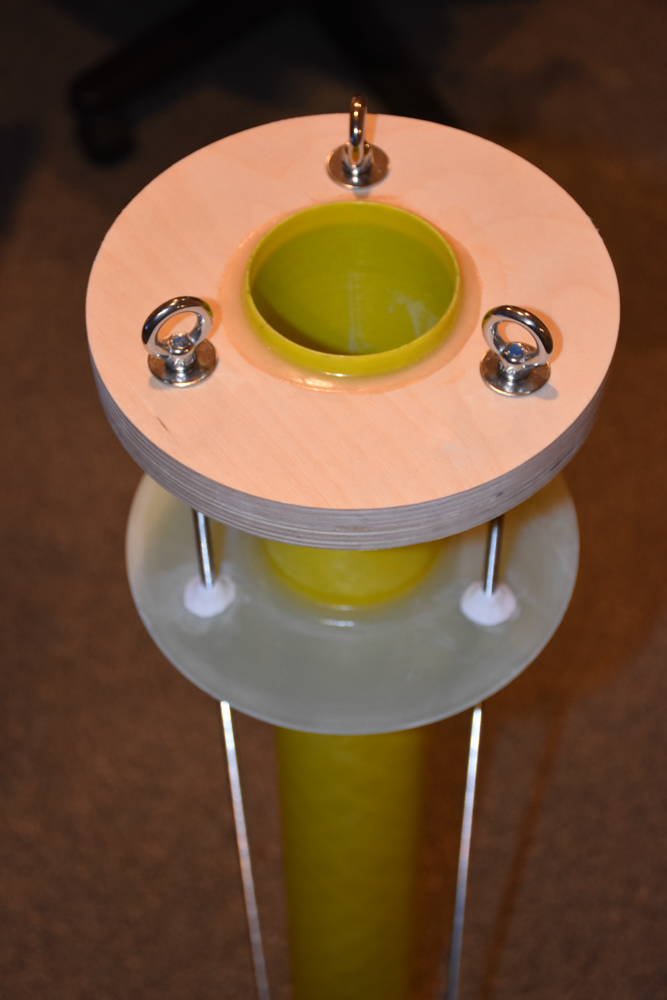I can't tell you where I got the table, I found it on the internet and copied it into the spreadsheet. I have way too many saved URL's as it is to save all of them. If you search for plywood sheer modulus you'll find a lot of entries, many being technical papers. I did not do an exhaustive search, I found this table and it had 5 ply numbers (which is what I use), so I went with it.
I believe the table is for birch plywood although the table doesn't state that. I would not expect the values to be this high if it was just standard, Home Depot cheapo plywood.
I have found in running sims that the best shape has a tip cord of length zero. It makes sense to me because if the tip cord is greater than zero, then you have a flat surface of some length from tip to root that the air pressure can work on, and which would augment oscillation (flutter). With a tip cord of zero length, the amount of pressure from root to tip is going to vary in proportion to the surface area, with more at the base and none at the tip. It makes sense to me that that would make fin flutter less likely than, say, a fin that has a square profile (root cord and tip cords equal).
I have not done sims with varying the sweep length, but my gut tells me the sweep length should shorter (2/3 ?) of the root cord, with the root cord being a fair amount longer than the semi span so that the fin has a low profile from root to tip. The longer root cord provides the fin area needed for stability while minimizing the semi span reduces the stress (higher torque) on the ply layers if the fin is approaching Max Q. TTW fins would add additional strength due to the rigidity provided by the fin can and attachment to the MMT. If I had unlimited time, I would love to build a fleet to test these theories to destruction, but that ain't gonna happen...






